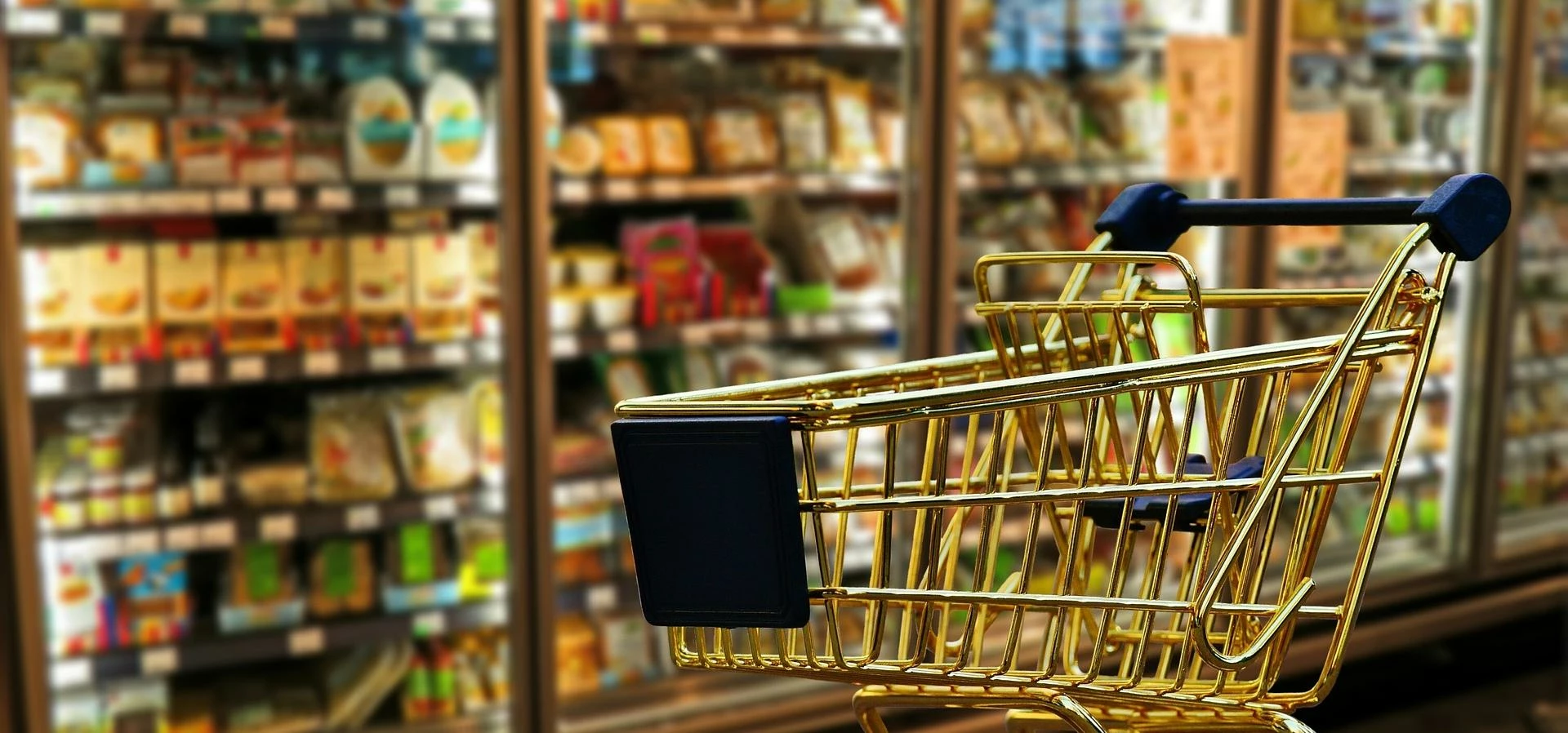
Partner Article
Retail Analytics: The War For Your Shopping
A drop in food prices and new cut-price grocery entrants into the market are about to have a big effect, according to Intelligence Node’s Sanjeev Sularia
Big Data is changing the way we shop – and in ways you probably haven’t even spotted yet.
We have endless shopping choices, after all – from cut-price grocery chains, convenience stores, and online. The problem, from the retailer’s point of view, is that they need to figure out a way to get their unique offering in front of you and stand out from this crowded background.
Once we were inundated with coupons, now thanks to data analytics we’ve got targeted offers. Meanwhile the discounters, such as Aldi and Lidl, are making pricing the very cornerstone of their strategies offering low prices across the board. Even the vast US grocery market’s being shaken by these market dynamics. That’s a trillion dollar market about to have to cope with the invasion of the European discounters, with a cut-throat price-war set to explode over there.
The Aldis and Lidls of the world do some of what they do by very traditional means, techniques a merchant in Ancient Greece or Rome would recognise; buy in volume, then offer shoppers 20% to 40% mark-downs.
But even tried and trusted approaches like that won’t be enough in the coming war for your shopping basket, in the US and elsewhere. Enhanced data analytics that enable a retailer to make lightning-fast, fully-informed, real-time business decisions, improving customer satisfaction and the customer experience at the same time, are what’s needed now.
That’s because data analytics can tell you what the others are charging, thereby enabling on-the-fly decisions, while data technology can help a supermarket manager always work to satisfy demand affected by time of year (Xmas, Valentine’s) and by regional differentiation (think, prices suited to smaller purses in different parts of the country, for instance).
Grocers are waking up to the need for tech help
Volume, pricing and revenue parameters with automated price adjustment rule-based triggers can also be a great weapon in the shopping basket war. Brands need access to historic price and visibility fluctuations of SKUs to enable better decision making, while being able to offer highly personalized, price-sensitive recommendations to shoppers to win their loyalty.
Software can also proactively help you push product to customers based on their shopping history with you, both online and in-store, delighting the punters with store- or category-level discounts and recommendations. Macys.com, for instance, is already doing this, traversing data daily in a bid to better understand the customer and their purchasing patterns, while Jet.com has achieved rapid success by utilizing smart cart pricing that which intelligently unlocks recommendations and discounts based on a customer’s history – and which is always linked to the brands that give the highest margins.
Clearly, then, price optimization software is going to be an important tool in the battle that is set to commence in the grocery industry. And grocers – never on the leading edge of technology – are waking up to the fact. Fast.
The author is Chief Executive Officer and Co-founder at Intelligence Node (http://www.intelligencenode.com), a tech firm that helps retailers make timely, data-driven decisions
This was posted in Bdaily's Members' News section by Sanjeev Sularia .








 Powering a new wave of regional screen indies
Powering a new wave of regional screen indies
 A new year and a new outlook for property scene
A new year and a new outlook for property scene
 Zero per cent - but maximum brand exposure
Zero per cent - but maximum brand exposure
 We don’t talk about money stress enough
We don’t talk about money stress enough
 A year of resilience, growth and collaboration
A year of resilience, growth and collaboration
 Apprenticeships: Lower standards risk safety
Apprenticeships: Lower standards risk safety
 Keeping it reel: Creating video in an authenticity era
Keeping it reel: Creating video in an authenticity era
 Budget: Creating a more vibrant market economy
Budget: Creating a more vibrant market economy
 Celebrating excellence and community support
Celebrating excellence and community support
 The value of nurturing homegrown innovation
The value of nurturing homegrown innovation
 A dynamic, fair and innovative economy
A dynamic, fair and innovative economy
 Navigating the property investment market
Navigating the property investment market